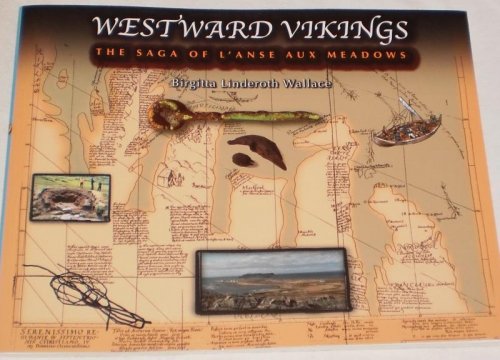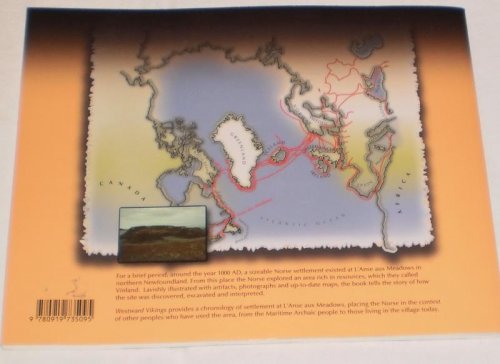RCO
Well-Known Member
This is the first I've seen detailed information on it, and yes it certainly does look like a Viking site. I'd be very surprised to hear it was anything else. Exciting to think what else they might be able to find with that technology.
I wouldn't worry too much about development on the coast, apart from the area around St. John's Newfoundland is still largely undeveloped. It has the population of Hamilton distributed throughout a province the size of Germany, so there's still lots of space left. Nova Scotia is much more developed, and Nova Scotia is still largely rural.
looking thru my every growing pile of books , I also have a book on the Vikings in Canada I acquired a couple years ago , westward Vikings , its mostly about L’Anse aux Meadows but has a lot about other areas they suspect they visited in Canada , they suspect " vineland " was parts of newfoundland and new Brunswick / st Lawrence river areas of eastern Canada and not new England as some have speculated .
they also mention it was highly likely they visited other sites along the coast other than L'Anse aux meadows but it would be very difficult to ever find those locations now and unlikely they lived at them , the location of this new find would fit into the area they suspected the Vikings had been active in at that time




